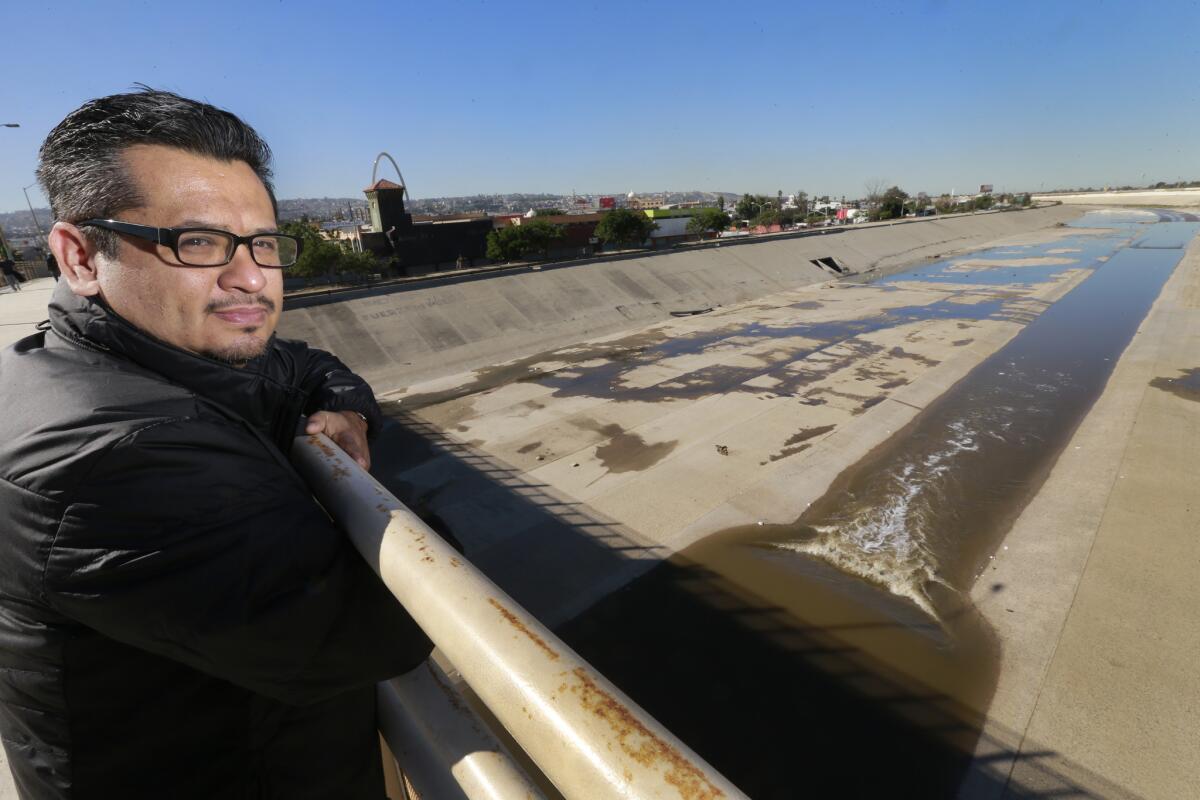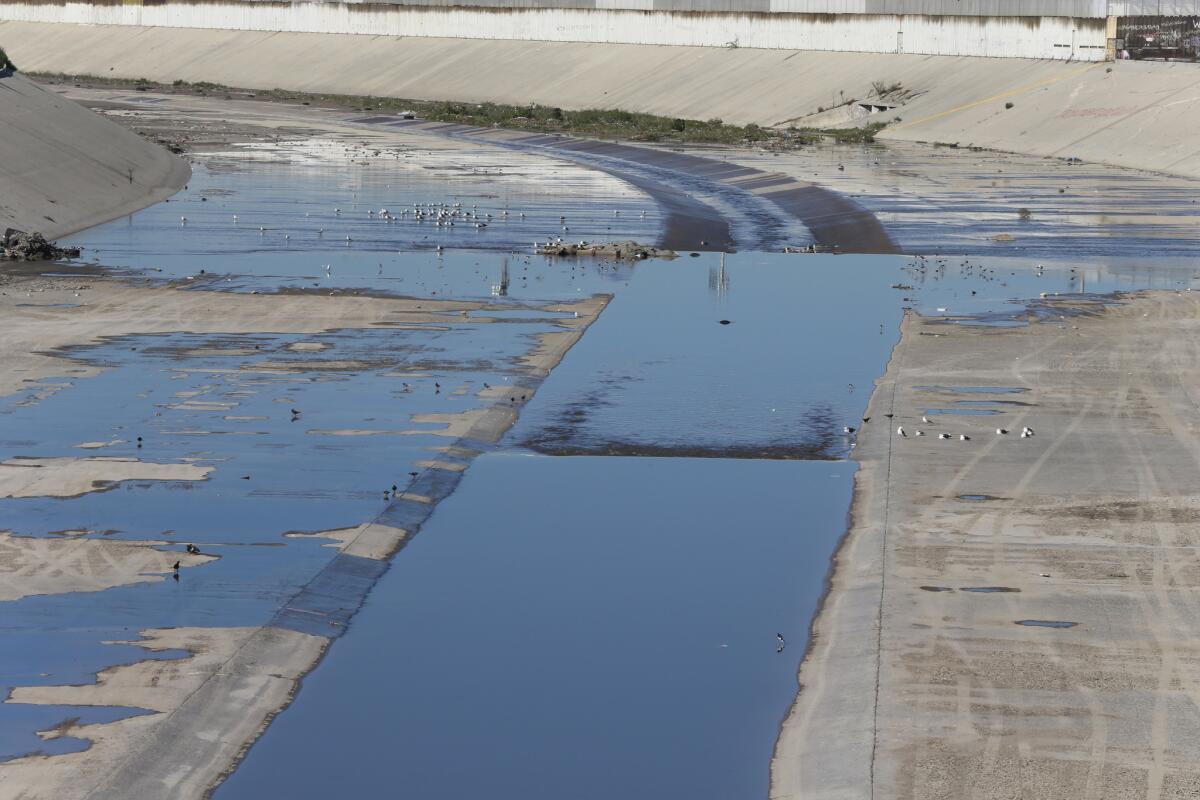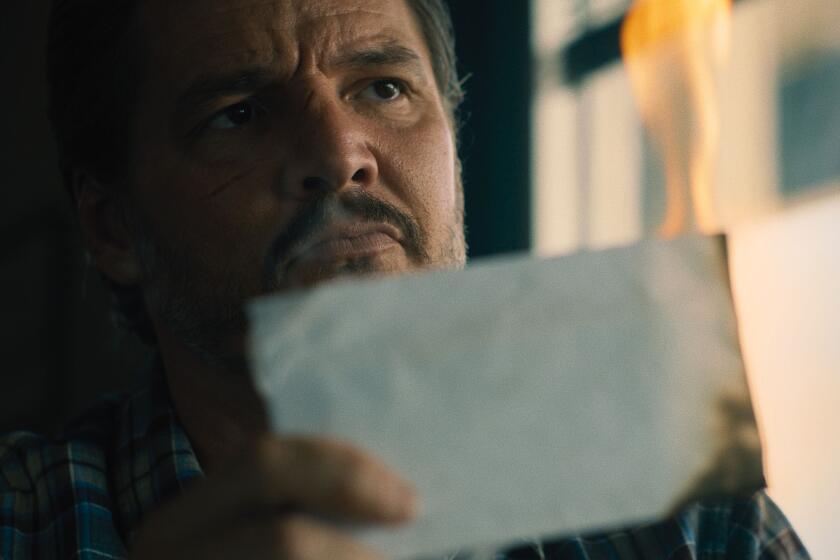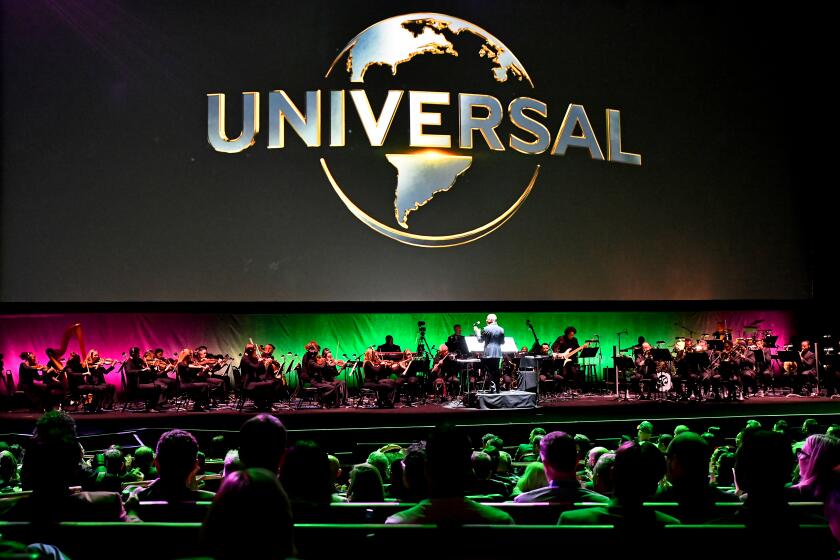Architect Rene Peralta wants to build a solar farm on the Tijuana River. Would it work for L.A.?

Architect Rene Peralta stands above the Tijuana River. He is proposing a solar farm and green algae cleaning system for the channelized river.
- Share via
Los Angeles is not the only city that has encased its river in concrete.
The Tijuana River, like the Los Angeles River, is a once free-flowing body of water restrained by a cement canal. This bit of engineering has had the predictable effect of flushing water that might be repurposed straight out to the ocean. And as in Los Angeles, it’s also contributed to an urban heat island effect.
Los Angeles has been examining the role its river can play in the city’s greater ecology. Even architect Frank Gehry is involved in a makeover for the L.A. River.
In Tijuana, another architect is devising a plan to turn the Tijuana River channel into a solar farm that could provide power to as many as 30,000 homes.
Rene Peralta, co-founder of the Tijuana firm Generica and director of an architecture master’s program at San Diego’s Woodbury University, thinks that his city can transform this unwieldy piece of infrastructure into a renewable energy plant and water-cleaning station.
“This is the first thing you see when you enter the country from the United States,” says Peralta, standing on a bridge over the river on a sunny January morning. “And sometimes it’s the first thing that you smell.” On a warm day, the river can take on the aroma of hard-boiled eggs past their prime.
So the architect teamed with urban planner Jim Bliesner of the Center for Urban Economics and Design at UC San Diego to developed the solar farm proposal that would involve straddling panels over the arroyo for the river’s nearly 11-mile course.
The proposal also includes plans for an algae farm that would help filter contaminants out of river water so that it might be repurposed. The resulting algae could then be employed to create biofuels.
“There are 15 million gallons of water per day that flow through there,” Peralta says. “It’s treated, but you can’t drink it. But with one more layer of polish, we could recycle the water for industrial purposes.”
Dominick Mendola, a senior development engineer at the Scripps Institution of Oceanography, has been involved with the project as an advisor. A scientist who has practical experience working in aquaculture and algae, Mendola says the Tijuana River is perfectly positioned to support an algae farm.
“You’re at about 32 degrees north latitude and it’s facing the sun all day long,” he says. “The river runs from east to west, so its northern wall is facing south, exactly where the sun is running. You could turn that site into an energy producing factory.”
There are small-scale precursors for this. Architectural projects in countries such as Germany and Switzerland have employed algae to insulate buildings and generate energy.
These plans could also have the effect of mitigating the heat island effect created by the river’s vast expanse of concrete, among other factors.
“The riverbed gets really hot,” Peralta says. “[It] is not surrounded by its natural ecology anymore. ... Right now, the canal just sits there all year flushing dirty water into the ocean.”
Peralta’s plan is still in its early stages. “Right now everyone has been working on this pro bono,” he explains.
But the North American Development Bank has shown interest in providing development funding once the planners are able to line up collaborators from the government and commercial sectors — to show that the project could be viable at both an economic and political level. Peralta says that will likely come after Tijuana’s mayoral elections in June.
The proposal, Peralta points out, is a very Tijuana solution to the problem of the river. Built in the 1970s, the channel protects the tony Zona Río from floods, so its construction can’t be undone without consequence. Moreover, ripping out the concrete channel would be prohibitively expensive for a city like Tijuana.
“This isn’t the United States,” he says. “Tijuana doesn’t have the money to ‘bring back the river.’ We can’t undo this. The Tijuana way is to improve by adding.”
But the Tijuana way could offer an interesting model for Los Angeles to consider. L.A. isn’t likely to rip out all 51 miles of concrete currently channeling the river — that would leave some neighborhoods vulnerable to floods. Peralta’s proposal could offer a more efficient way to use space and resources around the metropolitan area’s countless smaller channels.

A view of the Tijuana River as it is today. Among the challenges: The concrete channel flushes water that is not fully treated into the ocean.
Mendola, in the meantime, says a project of this nature would have far-reaching effects on the U.S. side of the border too — especially in the world of research and education.
“It could seed the idea of renewable energy,” he says. “I work for a university. The idea of having a green classroom of green algal walls turning waste into fuel so close by? That would be powerful.”
Find me on Twitter @cmonstah.
ALSO:
El Niño rains get L.A. River roaring to life
Making a Tijuana art scene built to last
An architecture school rises in Tijuana’s red light zone
Funding for Los Angeles River cleanup in doubt as El Niño begins
SPECIAL SERIES: Tijuana’s Generation Art: A cultural flowering in this city of possibilities
More to Read
The biggest entertainment stories
Get our big stories about Hollywood, film, television, music, arts, culture and more right in your inbox as soon as they publish.
You may occasionally receive promotional content from the Los Angeles Times.











